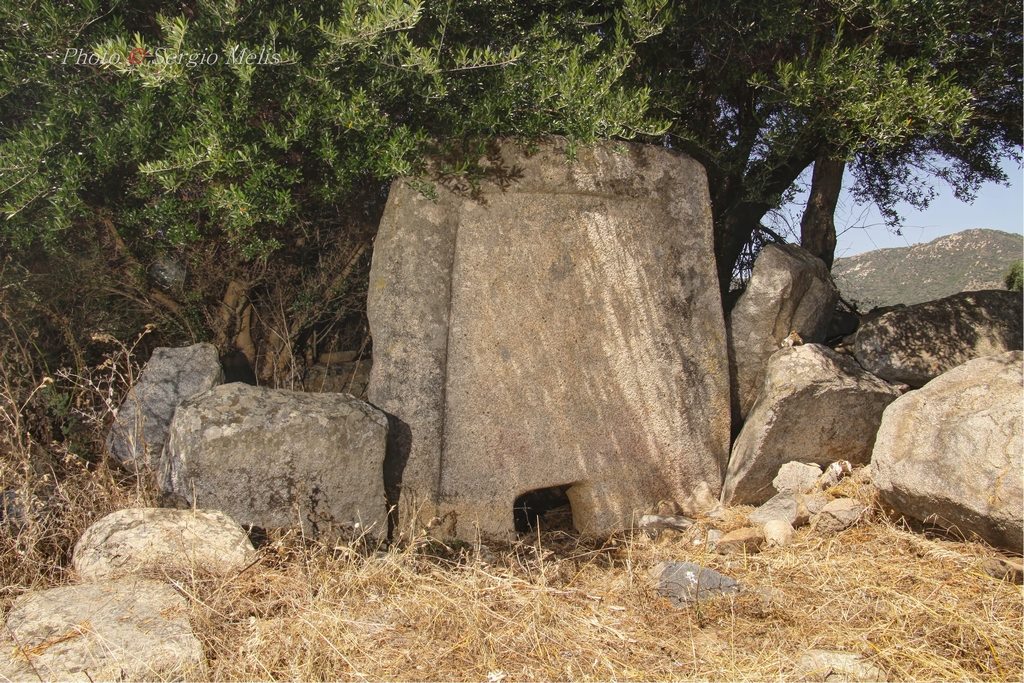43b.2 and 43c.2: Biriai, from which the nuragic village takes its name, is a large hill located in the territory of Oliena “that ends with a plateau called “Sa Sedda,” meaning “the saddle.” The aspect that makes this complex particular is the existence of two distinct cultural and chronological phases: the plateau, inhabited during the pre-nuragic phase of Monte Claro (2200-2000 BC), and the northern sector, which shows intense occupation from the Nuragic Age to the Roman Age. The excavations conducted in 1979 on the hill have revealed the living structures of the Copper Age village, along with a megalithic sanctuary and a group of twelve menhirs, of which only two are still standing. In relation to nuragic architecture, there are two related monuments perched on the same rocky spur: a nuraghe with a false vault rises on the northern part of the saddle, while the corridor nuraghe is located at the base of the rocky outcrop where the other nuraghe is situated. Adjacent to the nuraghe are some huts that have not yet been investigated.” (Sardinia Inside)
A short distance from the village of Biriai is the giant’s tomb Sa Preda Ruha, a dolmenic burial site that is completely uncovered, of which the trapezoidal stele and part of the original exedra remain.
The photos of the nuragic village of Biriai are by Maurizio Cossu, while those of the giant’s tomb Sa Preda Ruha are by Sergio Melis.









